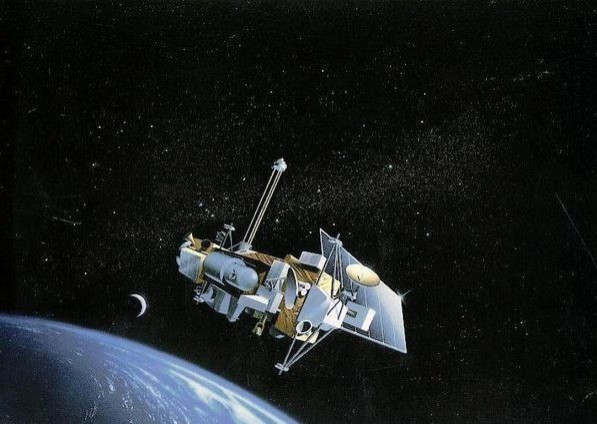Defunct NASA Satellite may Rain Debris on Earth

Almost six years after ceasing operations, NASA's seven-ton Upper Atmosphere Research Satellite is set to re-enter Earth's atmosphere in late September or early October. As it breaks into pieces, there is a potential to rain debris on Earth's surface.
The agency says there is little chance that the falling debris will create risk to public safety or property. Since the beginning of the space age in the late 1950s, there have been no confirmed reports of an injury resulting from re-entering space objects. Nor is there a record of significant property damage resulting from a satellite re-entry, NASA said in a report.
The report further stated that it is difficult to predict the date of re-entry, as well as what geographic area may be affected, because it depends on the spacecraft's orientation as its orbit decays. As re-entry draws closer, predictions will become more reliable.
As the defunct spacecraft approaches, NASA will be posting updates from the Joint Space Operations Center of U.S. Strategic Command at Vandenberg Air Force Base, Calif. The center works around the clock detecting, identifying and tracking all man-made objects in Earth's orbit, including space junk.
Launched from the space shuttle Discovery on Sept. 15, 1991, to collect data on Earth's atmosphere and its interactions with the sun, the $750 million spacecraft orbited the planet more than 78,000 times, before ceasing operations on Dec. 14, 2005. It used 10 onboard scientific instruments to collect data on a variety of atmospheric chemicals, including carbon dioxide, ozone, chlorine, methane, nitrogen oxides and chlorofluorocarbons.
In its first two weeks of operation, UARS data confirmed the polar ozone depletion by providing three-dimensional maps of ozone and chlorine monoxide near the South Pole during development of the 1991 ozone hole. In addition, UARS collected data on the chemistry, dynamics and radiative inputs to the upper atmosphere far beyond its designed lifetime.
The United Kingdom and Canada also provided instruments for this mission, the first spacecraft launched as part of NASA's systematic, comprehensive study of the Earth system. Although it was designed to last 18 months, upgrades extended UARS' life for years beyond its expected lifespan.
As of Sept. 8, 2011, UARS' orbit was 152 miles by 171 miles (245 km by 275 km) with an inclination of 57 degrees, which means that any surviving components of the spacecraft will land within a zone between 57 degrees north latitude and 57 degrees south latitude.
Although the spacecraft will break into pieces during re-entry, not all of it will burn up in the atmosphere, NASA said. The agency estimates that the debris footprint will be about 500 miles long.
NASA will also be hosting a media teleconference at 11 a.m. EDT on Friday to discuss the status of its decommissioned Upper Atmosphere Research Satellite.
If you find something you think may be a piece of UARS, do not touch it. Contact a local law enforcement official for assistance, NASA said.
© Copyright IBTimes 2025. All rights reserved.






















